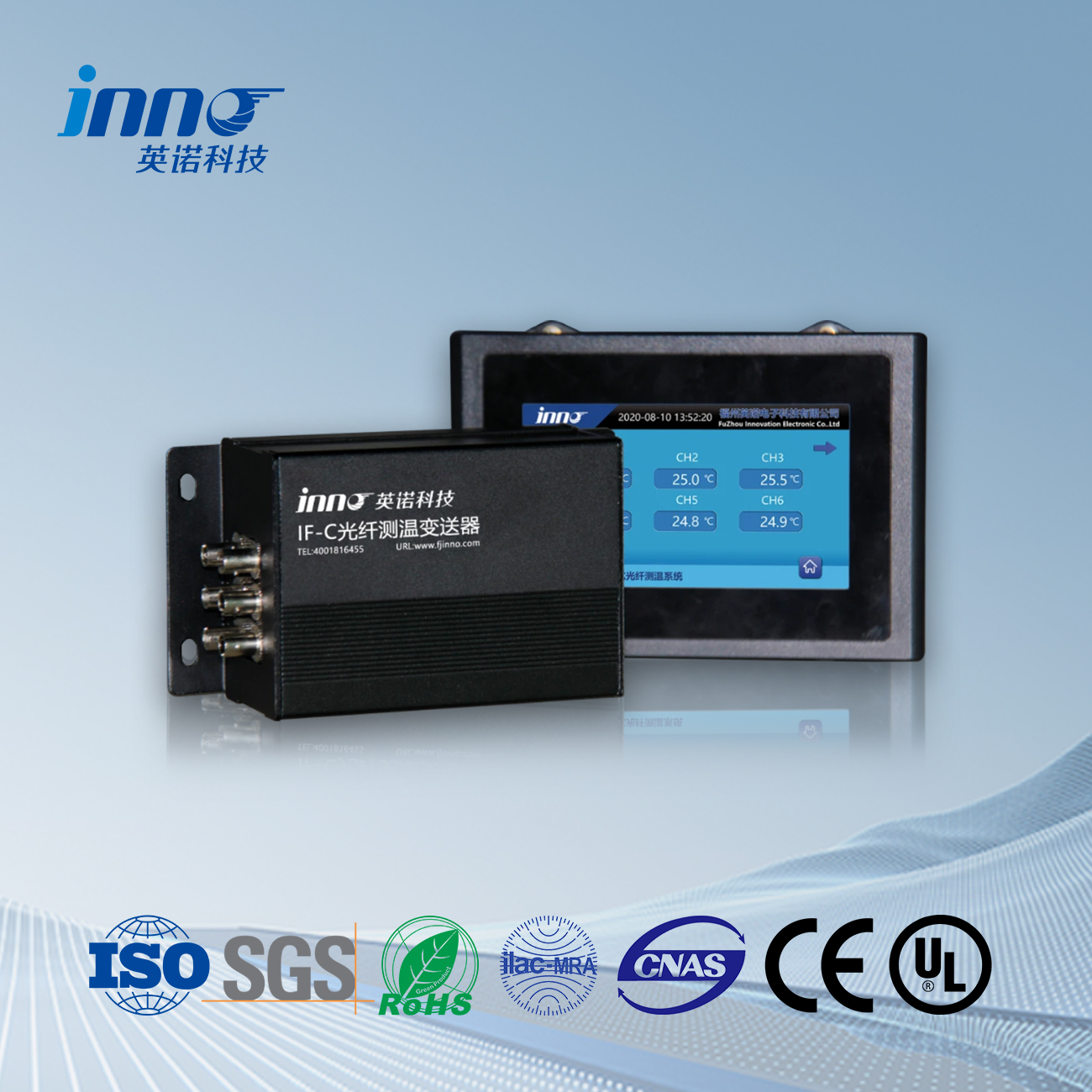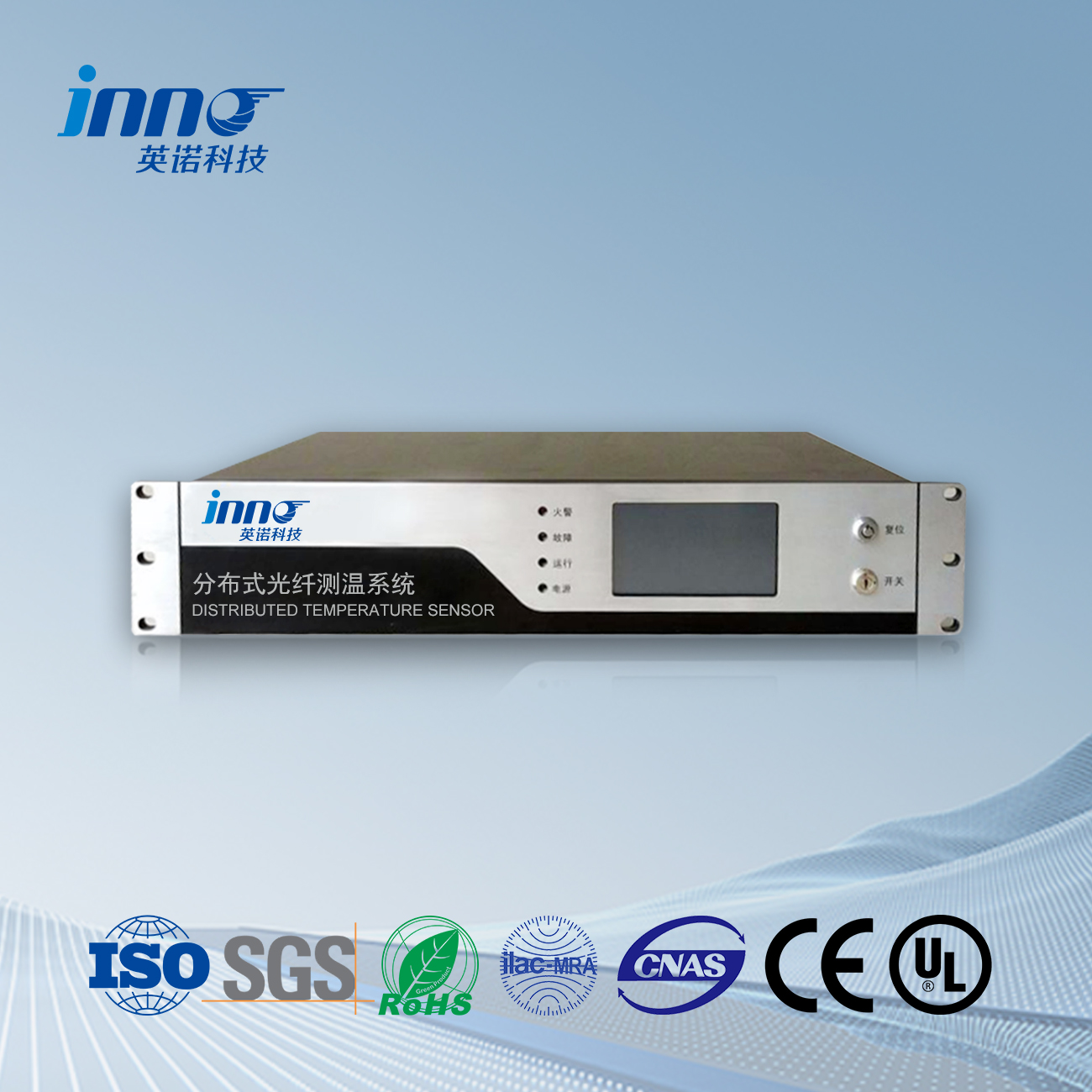The distributed fiber optic all-weather excavation monitoring technology based on DAS has engineering advantages such as high sensitivity (about 10n ε), long monitoring distance (up to tens of kilometers), tika tūnga tiketike (in meters), no need for outdoor power supply, convenient deployment, and strong concealment. By utilizing the backward Rayleigh scattering of light pulses in optical fibers, real-time continuous monitoring of disturbance information on fiber optic links can be achieved. External disturbance signals such as excavation and blasting cause fiber optic deformation by generating soil vibrations, which are then detected by DAS systems. This technology uses distributed quantitative signal demodulation and pattern recognition technology to monitor disturbances along optical fibers online, combined with spatial positioning methods based on array signal processing for disturbance source stereo positioning, ultimately achieving distributed all-weather stereo monitoring.
Mā te whanaketanga motukore o te hangarau tāngia, Kei te nui haere hoki te hiahiatanga a te tangata mō te hangarau pūoko i ia rā. It is rare to find vibration sensors that simultaneously meet the conditions of high sensitivity, utu iti, tukanga whakaritenga māmā, me te pūmautanga pai. I te tukanga o te tāngia me te haurapa, ko te tairongotanga me te pūmautanga ko ngā take whakaawe hangarau matua, ahakoa he mea hira te tukanga whakaritenga me te utu i ngā take whakaawe i roto i te whakanaotanga mahi. Kei te nui haere te aro atu me te manako ki ngā pūoko vibration e whakakotahi ana i ēnei painga.
Fiber optic vibration sensing technology is a type of technology that changes the characteristics of the transmitted light in optical fibers when the fiber optic sensor is affected by external interference. By using special sensing equipment to collect and analyze signals, changes in the characteristics of light can be detected, nā reira ka kite i te hawahawa o ngā ahanoa.
Functional characteristics of distributed fiber optic vibration monitoring system
1. Visual alarm display: Provides a visual display interface that maps the position of the fiber optic cable to the image through a graphical configuration module. Once an intrusion accident occurs at a certain point, the alarm information is directly displayed on the image, which is visually intuitive.
2. Vibration curve display: The system can display the vibration signal distribution curve of the entire optical cable in real time. When the vibration signal strain is abnormal in a certain area, the real-time information of that area can be displayed through the curve.
3. Partition/graded event alarm: Provides multiple flexible alarm methods, and alarm parameters can be set in grades and regions.
4. Historical statistical analysis: Provides statistical analysis of historical vibration data, including: a The vibration distribution curve of different positions of the optical cable at a certain time b. The vibration change curve of a certain point of the optical cable during a certain period of time.
5. Intelligent pattern recognition: The system can obtain information such as the time, location, and trend of vibration events. By analyzing the vibration waveform and extracting characteristic signals, combined with big data, machine learning, and neural network recognition algorithms, the type of vibration event can be determined, and intrusion events can be warned in advance to ensure operational safety.
Pūoko pāmahana whakaata Fiber, Pūnaha aroturuki Intelligent, kaiwhakanao whakaata tākainga tūari i Haina
 |
 |
 |
 Ngā pūoko pāmahana whakaata WEu INNO ,pūnaha aroturuki pāmahana.
Ngā pūoko pāmahana whakaata WEu INNO ,pūnaha aroturuki pāmahana.
